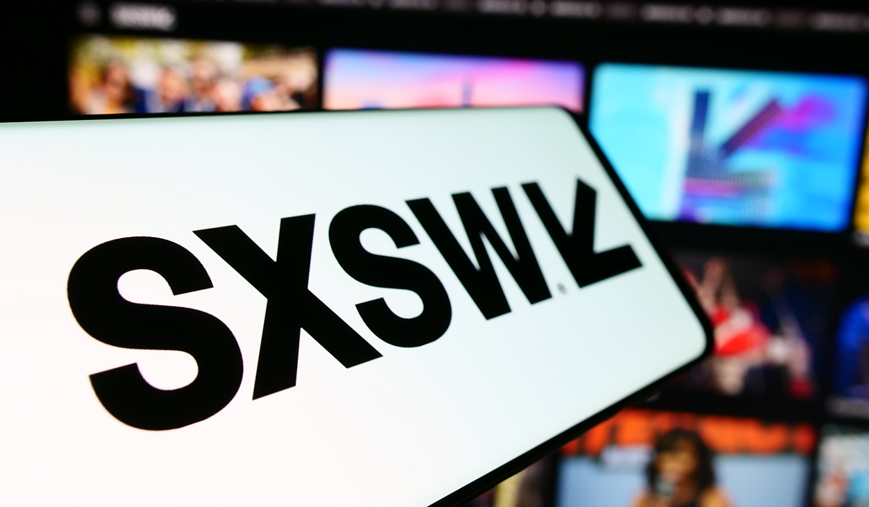
Last week saw SXSW land in London for the first time. The hallmark tech-meets-culture event that has for 13 years staged a week-long takeover of Austin, Texas, descended on the cobbled streets of Shoreditch.
The Austin event is large cowboy boots to fill. And it wouldn’t be Britain without a dollop of healthy scepticism: so, did the magic travel?
Our verdict: For the most part, it delivered on what the SXSW brand is known for. A collision of tech, media, art, culture, sport and activism. Big-hitter visionaries alongside new voices. The weird and random – Wyclef Jean trying to get a room of Europeans to shake their Shakira Hips at 3pm on a Tuesday – juxtaposed with two former prime ministers and even HM the King dropping in. But not all sessions hit the mark. Some formats soared, others dragged.
So, what’s the best way to approach this kind of gig, whether it’s your first rodeo or you’re seasoned in the ring?
Here are our hot takes for companies and speakers looking to take the stage at flagship events like SXSW:
- Don’t be tempted to take the easy route: SXSW opted for “in conversation” formats more than presentations – a good choice, in our view. But a great conversation depends on a great host. The best sessions were those where the speakers weren’t given a free pass. As audiences, we wanted insight and nuanced discussion on the trickier, bigger issues of the category or industry. We wanted to ask what was on our minds (but couldn’t, see below). So we were in the hands of the hosts.
It’s perhaps no shocker then that the panels led by journalists were those that got the balance right: Laura Pullman with OnlyFans’ Keily Blair, Tim Bradshaw and Sir Ian Livingstone, co-founder of Games Workshop and Jim Armitage and Wikipedia’s Jimmy Wales. Credit to creators too – Jordan Schwarzenberger, manager of YouTube’s The Sidemen, held his own in a probing exchange with Banijay’s CEO. If you’re going on stage, embrace the conversation about your brand or business, don’t try to have your own. It’s what will keep the audience listening.
- Stories trump messages: Too often, speakers seemed straight-jacketed into sticking to their messages. But memorable moments came from those who understood that stories build relationships and stick in people’s minds. Huel’s James McMaster’s “Fast ferry not tanker” mantra, and the rider stories Rapha’s Fran Millar shared from meeting club leaders in her first year as CEO – great examples of showing not telling that people will remember beyond the day.
- Invite interaction: Almost every session had no opportunity for audience interaction. We all know how painful the classic “this is more a comment than a question…” opener in a Q&A can be. But it feels remiss of a festival known for embracing colliding perspectives to not give people the chance to get involved, especially when it can be done so easily. London Tech Week this week used Slido throughout which the audience made the most of. The tech exists, so use it to get people involved. As a speaker, you’ll get more from the event if you do.
- Beware of clickbait titles: Some sessions promised fireworks with flashy titles but underdelivered on substance. A session title is a promise to your audience, so keep it. It’s tempting to chase attention, but your content needs to meet expectations if you want people to leave feeling positive about you and your organisation. Relevance and authenticity beat hype every time.
- Be useful: Ok “useful” might sound a bit boring but people are there to take something away from their time with you. They want to learn something, to be jolted out of their everyday. Sessions with strong points of view, lessons and predictions on the big issues of the day were infinitely more interesting than those where badly briefed Execs were droning on about how wonderful their company was. Don’t be that guest at the dinner party no one wants to sit next to.
London is licensed to host SXSW for a decade. After a strong start and with all the above in mind, we’ll see you there next year!
Read more Insights & News

